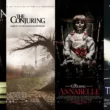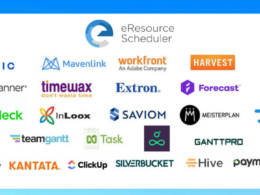Table of Contents
Top picks for college-age investors looking to grow their financial future
While there’s a lot to decide about starting in your 20s and 30s, if you are disciplined enough to break through the noise, now is the optimal time to start learning about investing. Those who begin early have decades to benefit from their newfound knowledge.
When you’re just starting, it’s important to understand the basics of investing and the options available to you so you can choose the smartest path for your financial future. As your income grows, your investment portfolio can also expand.
It doesn’t matter if you’re fresh out of college or a teenager who has realized how significant investing can be. These picks of the best books for young investors will help you succeed.
Best Overall: The Joys of Compounding: The Passionate Pursuit of Lifelong Learning
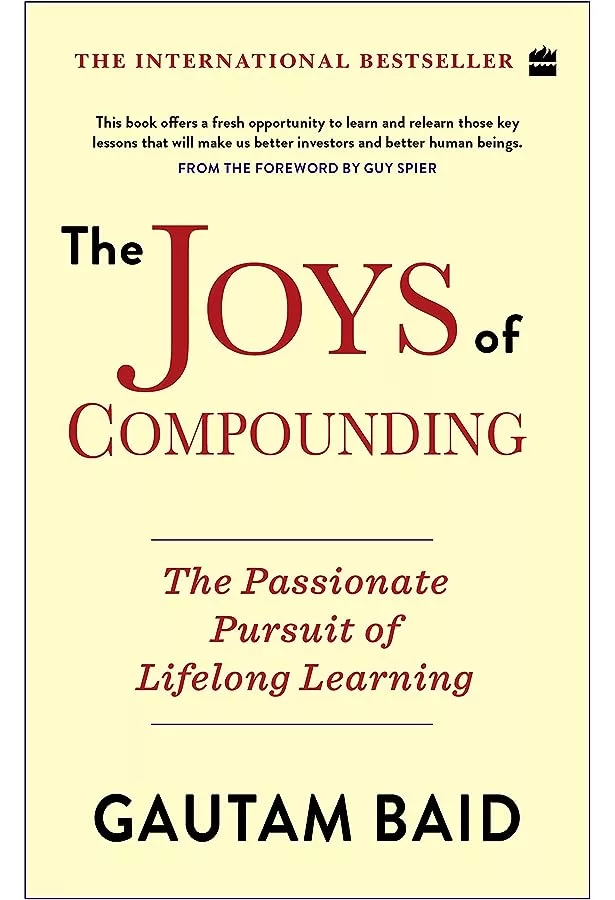
Before you walk, you crawl. Before investing, you learn about compounding by committing to lifelong learning. “Compounding [the process in which an asset’s earnings, from either capital gains or interest, are reinvested to generate additional earnings over time] is one of the most powerful forces in the world,” Gautam Baid, a fund manager at Stellar Wealth Partners India Fund, writes in his profound, engaging The Joys of Compounding.
Bain’s is by far the best overall book on our list—not only for young investors who have decades to get their investing and compounding right but for all investors. Surprisingly, this book is more than a comprehensive treatise on investing and compounding. It attempts to instruct you on becoming a better person because, Baid believes, those higher-level traits and habits are essential to your development as a better investor.
Baid writes that an investor with success is well-read and a lifelong learner, disciplined, thoughtful, passionate, humble (it’s a sterling trait to acknowledge ignorance when that’s true, Baid writes), and deliberate in practice. “Absolute certainty never exists in the world of finance,” Baid writes. “Yet, on Wall Street, overconfidence is all-pervasive.”
Baid recommends you do as legendary investors Charlie Munger and Warren Buffett, principals of Berkshire Hathaway, Read and think a lot. Both men estimate they spend 80% of their days reading and thinking. While they naturally read annual reports, including the footnotes, they also read various books and articles on various topics. They buy and sell or hold stocks after reading and thinking about what they’ve read. “Fifty years ago,” Baid writes, “the best investors were the ones with an information edge. Today, the best investors are the ones with a behavioral edge.”
The final two-thirds of the book discusses common stock investing, portfolio management, and decision-making. Baid closes by quoting anti-colonial nationalist and political ethicist Mahatma Gandhi in what he interprets as a discussion on compounding: “Your beliefs become your thoughts. Your thoughts become your words. Your words become your actions. Your actions become your values. Your values become your destiny.”
Best for New Investors: The Automatic Millionaire: A Powerful One-Step Plan to Live and Finish Rich
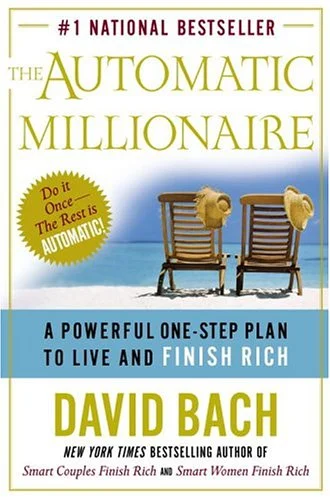
It may be less intimidating to know that best-selling author David Bach wasn’t always a millionaire, nor that he had his finances all figured out as a young man. In The Automatic Millionaire, he tells the story of a middle-class couple who taught him by example how to acquire wealth by setting up automatic deductions from their salaries that went into savings, retirement, and other accounts—while he, then in his mid-20s, was living paycheck to paycheck, teaching an investment class through an adult education program.
In this thorough yet relatively short book, Bach offers tips on ensuring that you live well, do not stress out about money, and end up with a secure financial future. In “The Single Biggest Investment Mistake You Can Make,” Bach writes that it is when employees fail to invest in retirement accounts. That’s especially true, he adds, in the case of company-sponsored 401(k) plans in which the employer offers a match—which, in effect, gives the worker free money.
In an infographic called the “Automatic Millionaire Investment Pyramid,” under the section for those in their teens to 30s, Bach recommends that investors allocate up to 60% in growth and stock funds because they have years to ride the stock market’s ups and downs, and only 5% to 15% in bonds.
Bach also suggests eliminating personal debt as quickly as possible, explains the mechanics of homeownership, discusses dealing with investment brokers, and encourages charitable giving—specifically, tithing. He concludes by writing that in less than an hour, you can set up your financial life for automatic payments to yourself and other entities—accounts for emergencies, dream projects, bill paying, and charitable donations. His final message: What are you waiting for?
Best for Millennials: Broke Millennial Takes on Investing: A Beginner’s Guide to Leveling Up Your Money
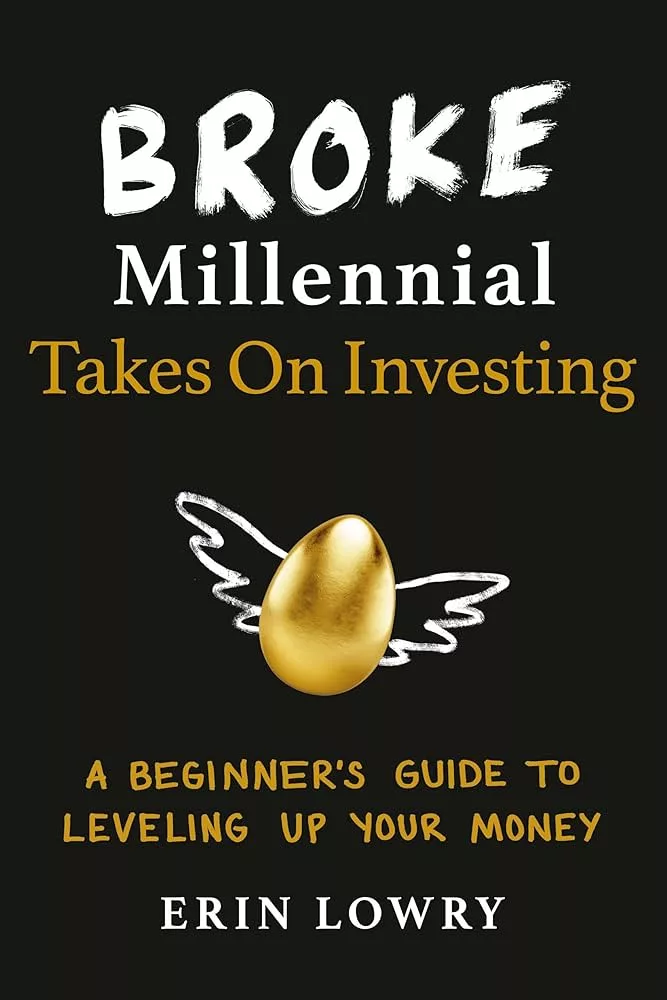
Erin Lowry explains that this book is for true beginner investors, not those already maxing out their 401(k)s or reading Morningstar’s website for fun. It’s for a “rookie investor who may not even know what a brokerage account is,” she writes.
This latest book on investing is her second; the first was Broke Millennial: Stop Scraping By and Get Your Financial Life Together. She also wrote Broke Millennial Talks Money: Scripts, Stories, and Advice to Navigate Awkward Financial Conversations.
Throughout the book, Lowry uses her conversational style to weave personal experiences together with the key points, descriptions of financial vehicles and theories, and common sense. She begins by telling you that you need to invest to build wealth and to start doing it early because of the following:
- Compound interest, which helps your money grow faster.
- Inflation eats away at improperly invested funds.
- Time, since compound interest does its job for you over time, and you can weather the ups and downs of the stock market better when you are younger and have decades in front of you.
In the chapter “Tactics the Wealthy Use to Make and Preserve Wealth,” Lowry quotes Maria Bruno, CFP, senior investment analyst at Vanguard: “With Millennials or young investors, the key is to save, and, really, it’s asset allocation…it’s really about how do I decide in terms of how much to maximize my savings, while also paying down debt. It’s that balancing act.”
Best for Budgeting: Get Good with Money: 10 Simple Steps to Becoming Financially Whole
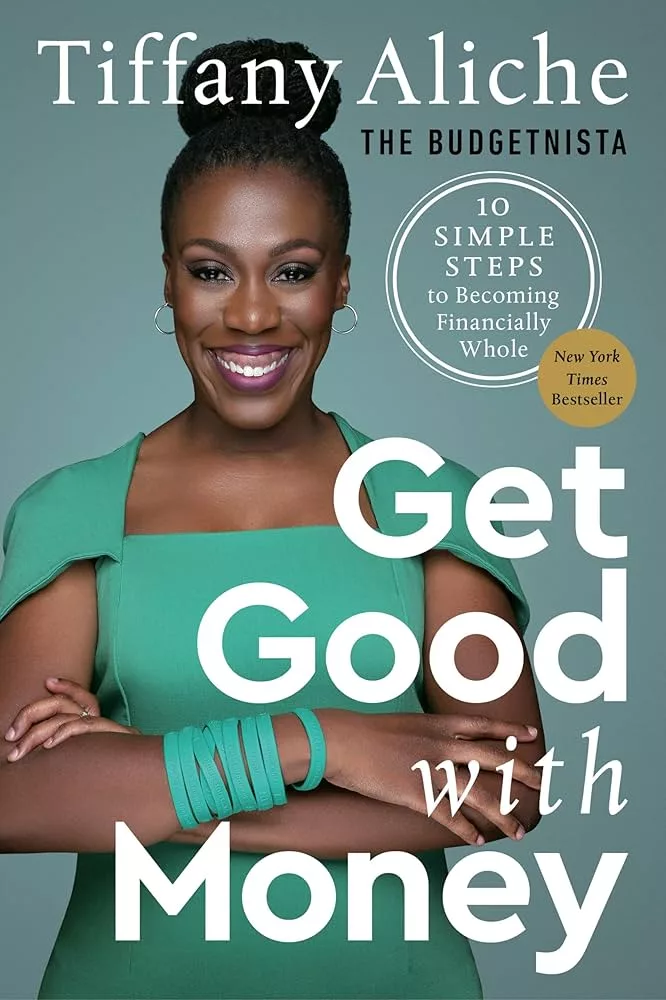
In Get Good with Money, Tiffany Aliche begins with a cautionary tale of all that can go wrong with a young adult diverting her attention to a get-rich-quick scheme rather than saving and investing. At nearly 30, she ended up back home sleeping in a childhood bedroom with less money than she had as a teen. She had lost her condo, owed thousands of dollars, and had a curfew that her parents imposed. To add insult to injury, the country, and much of the world, was reeling from a financial crisis. That reality was sobering to her but proved to be a turning point, in which she did an about-face and got serious about her financial future.
Aliche started budgeting, saving, getting out of debt, and managing her credit, then helped others do the same. A sister called her “The Budgetnista,” and her life’s purpose was born. Her book is a step-by-step guide on how to come back from the edge financially that deals with budgeting, saving (like a squirrel), getting out of debt, improving your credit score, increasing your income, protecting yourself by being covered by appropriate insurance, and investing in several vehicles and for various reasons, including retirement. “Remember,” Aliche writes, “that your current financial position and circumstance aren’t the end: they are just the beginning.”
Best for Women: Clever Girl Finance: Learn How Investing Works, Grow Your Money
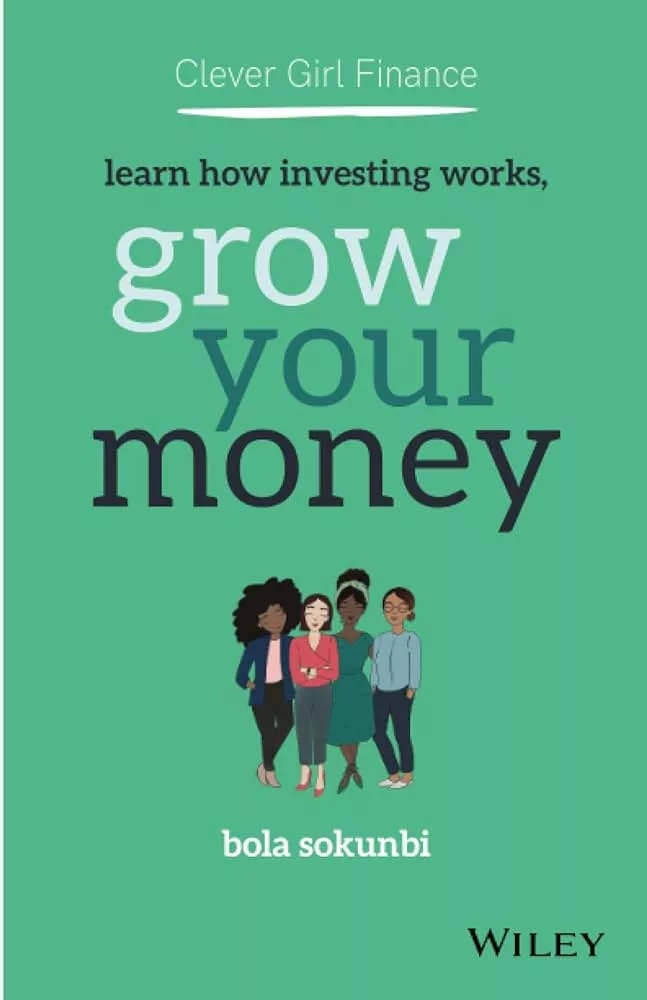
Bola Sokunbi addresses many situations that apply only to women, such as the gender wage gap, women’s longer life span, and, possibly, women waiting to invest because their male partner is already investing. Sokunbi discusses how the stock market works, the importance of compounding, types of investing, how inflation impacts your financial picture, and the range of financial subjects.
She supplements her discussions with Q&As with experts in the field. One is Regina Byrd, the founder and chief executive officer (CEO) of Prosper with Regina LLC, which specializes in helping clients—particularly single moms—create generational wealth. She also authorizes 10 Prosperity Secrets for the Young and Fly. In discussing why women must invest from the get-go, Byrd advises, “Just as you budget your bills, you should budget your investments.”
Men can learn a lot from this book because it’s solid overall on investing and provides information so anyone who reads it can understand women’s challenges in the financial and work world.
Sokunbi also has authored Clever Girl Finance: Ditch Debt, Save Money, and Build Real Wealth and Clever Girl Finance: The Side Hustle Guide: Build a Successful Side Hustle & Increase Your Income.
Best for Visual Learners: Napkin Finance: Build Your Wealth in 30 Seconds or Less
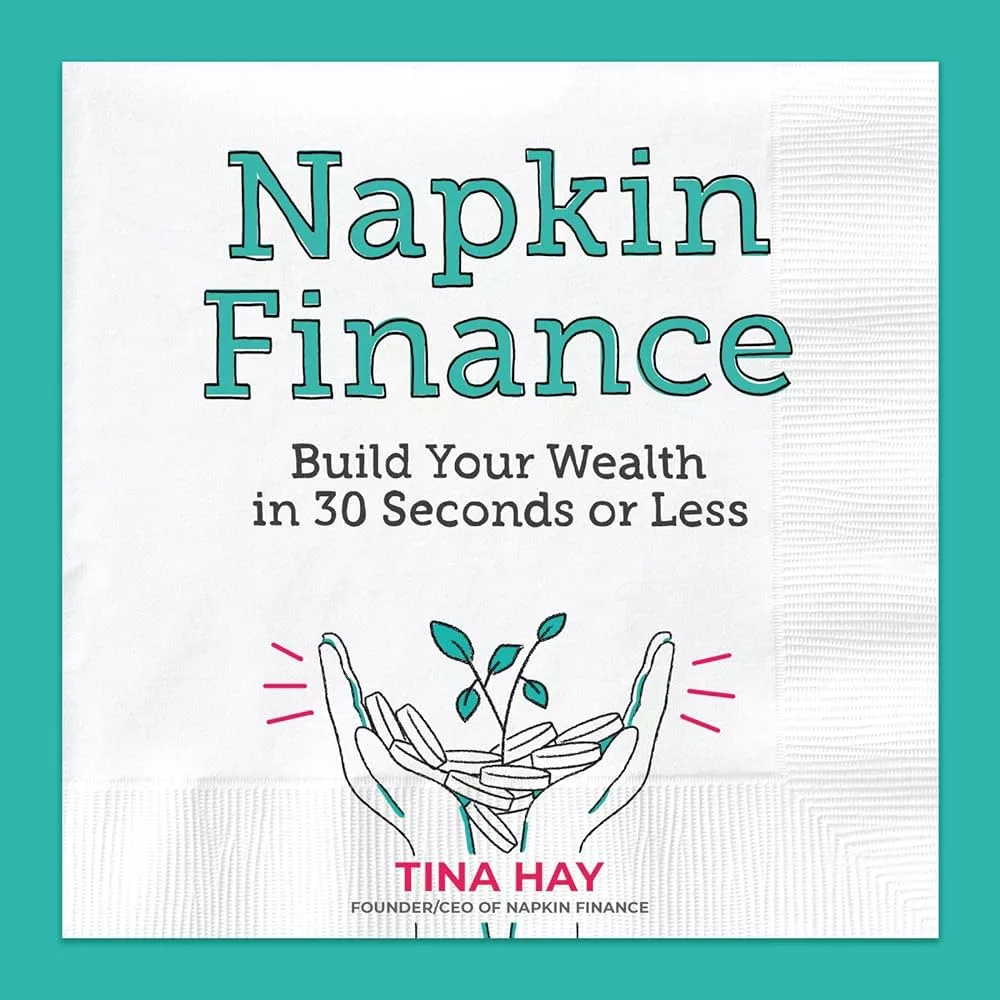
This square book depicts a white paper cocktail napkin on its cover but is dry. It’s informative, witty, fun to look at (stick figures abound, thanks to creative director Gregg Friedman), and authoritative. In the first chapter, “Money 101: The Basics,” the illustration covers what? You guessed it: “Compound interest, replete with an illustration of Albert Einstein and a speech bubble from him saying, ‘The most powerful force in the universe is compound interest.’” Those strong words, indeed. It also shows an equation of a dollar bill, a plus sign, and an equal sign, resulting in “magic!!!” That sets the tone.
The book follows with two pages of text about compound interest and a quiz at the end of each chapter. The investing chapter “Buy Low, Sell High” delves into asset classes, diversification, risk vs. reward, asset allocation, and robo-advisors. “Into the Sunset” lays out paying for retirement, individual retirement account (IRA) vs. 401(k), Social Security, and estate planning. About cryptocurrencies, she writes, “They make the stock market look tame” due to their high volatility. Each chapter signs off with a humorous fun fact or two. In “Credit Where It’s Due,” the last word is “Rome and Beyonce weren’t built in a day, and neither is good credit.”
Best A-to-Z View on Investing: Investing in Your 20s & 30s for Dummies
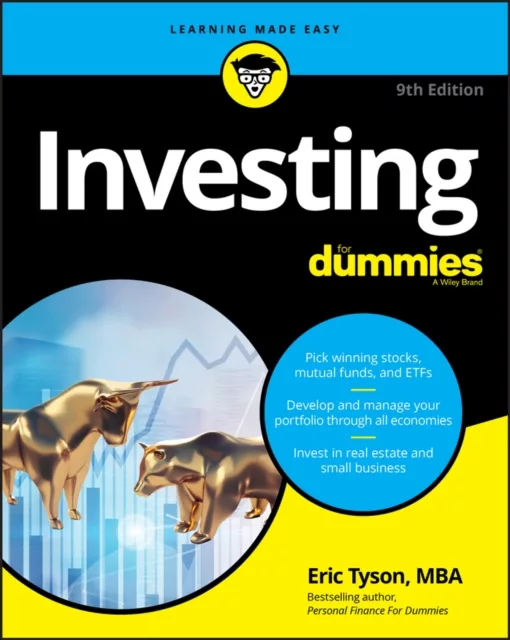
Anyone reading this book is no dummy. This book answers everything from stocks to real estate, risks and returns, finding the right advisors, using investments to achieve your goals, and whether to invest in cryptocurrencies. Tyson, the best-selling personal finance author of Investing for Dummies, Personal Finance for Dummies, and Home Buying Kit writes clearly and cleanly while avoiding jargon that can cause readers to put a book down.
He tackles investing for short-term goals, working toward buying a house, planning for financial independence and retirement, insuring yourself, and assessing your desires to take risks. He expresses extreme caution regarding cryptocurrencies, which are popular with younger investors, as many have “crashed and burned” while others have “mushroomed over recent years.” He writes that there’s virtually no inherent value in the currencies and that investing in them could lead to loss and disappointment by investors.
Like similar Dummies books, this one includes callout boxes and lists, which make it easier to grasp the information, as well as icons for:
- “Remember,” a string tied around a finger
- “Tip,” a light bulb
- “Investigate,” a Sherlock Holmes deerstalker hat
- “Warning,” a caution road sign
The book also affords you free access to an online cheat sheet to jump-start your investing.
FINAL VERDICT
To educate yourself on compounding and living life, we have recommended The Joys of Compounding: The Passionate Pursuit of Lifelong Learning by Gautam Baid, which we cite as our best book about investing. Baid also tells you how to be a better person, which he believes is essential to becoming a wise and successful investor. Also worth mentioning is Tina Hay’s Napkin Finance: Build Your Wealth in 30 Seconds or Less, one of the cleverest we’ve seen on investing because, along with its solid information, it illustrates the concepts with simple drawings of objects and stick figures.
Why Trust Investopedia?
Michelle Lodge is steeped in the book and book-reviewing world. She has been published in Publishers Weekly and was an editor and writer for Library Journal, both of which cover books and the industry. While a book review editor at Library Journal, which recommends books for public library collections, she selected several fine business books for review. She was also the editor of the On Wall Street Book Club, in which she reviewed books and interviewed authors on a podcast.
To find the best investing books, Lodge considered recommendations from Investopedia Financial Review Board members and Investopedia editors, business executives, bestseller lists from the Financial Times, The New York Times, The Times of London, and others, as well as her own experience as a book review editor.





